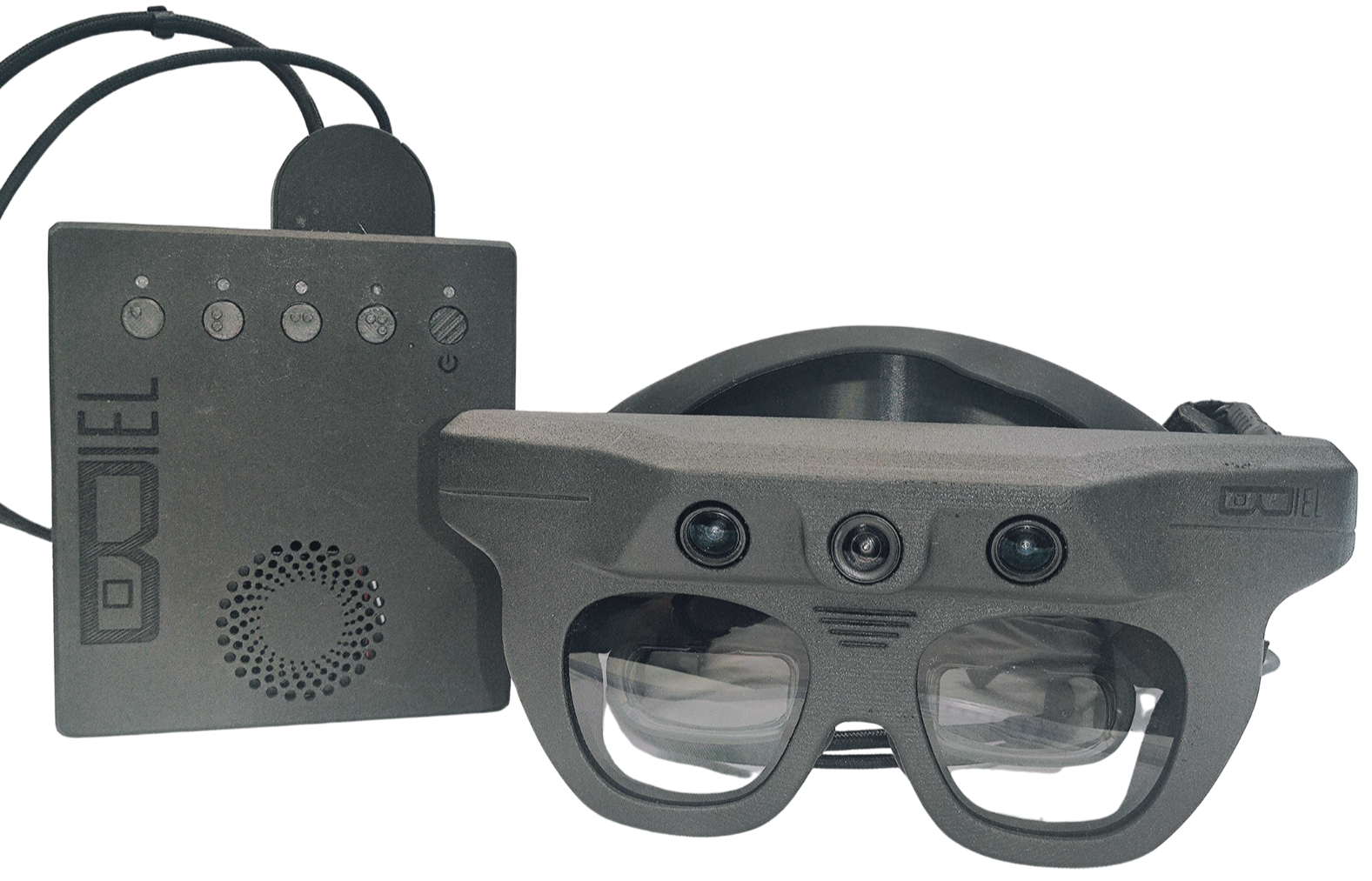
How do they work?
BIEL SMARTGAZE uses spatial computing to enable people with low vision to move safely, combining AI and robotics to understand reality (obstacle detection, terrain changes, etc.) and mixed reality (MR) to present this information in a way that users can perceive. It also include vision-improvement functions such as zoom and adaptation to light conditions, to provide total autonomy.
Technology
We use an innovative combination of technologies that adapt reality to the patient's residual vision.
We offer unique functions to improving mobility. The system understands and warns the user in a personalized way about the risks around them, and additionally improves the image.
3D VISION
ARTIFICIAL INTELLIGENCE
MIXED REALITY
DEVICE COMPOSITION
1. CAPTURE MODULE. It captures the image and information of the scene in front of the user.
2. PROCESSING MODULE. Through a processor, an algorithm analyzes the information to return signals to the display module.
3. DISPLAY MODULE. It adapts the image to the remaining vision of the patient, indicating obstacles and other elements through various graphic signals that the user is able to perceive. It also provides vision enhancement functions, such as magnified vision and adaptation of contrast and light conditions.Whatever it is, the way you tell your story online can make all the difference.
Benefits
Personalization
It is a solution that adapts to each person and each moment of their condition. There are many different diseases that produce low vision and each one affects each person's visual capacity differently. In addition, the deterioration may evolve over time.
Professional, social and psychological impact
Our solution is being designed to improve the quality of life of patients with low vision. We optimize our development so that users can face difficulties such as getting a job, moving without risks or generating and maintaining relationships outside of his/her local environment and inner family circle.
Personal autonomy
The possibility of identifying obstacles not only reduces risks of injury and accidents but also gives back freedom to the patient. Being able to walk, travel alone, recognize signs or reference points and read, are skills that enhance self-confidence and, therefore, personal autonomy.

